What a year it has been. In our home the disruption of Covid has been combined with the craziness of a major renovation. Recently my 12 year old cat started spraying indoors, a sign of intense stress the vet said. He explained to me how constant stress depletes serotonin and how after a while it becomes difficult to replenish this, leading to anxiety and reactiveness over things that would not normally worry us. ‘Russell’ I said, ‘are you talking about me or the cat? ’ because it all sounded strangely familiar. He laughed. ‘You are not alone in that’ he said.
I’ve been thinking about stress a lot as I see exhaustion in so many of the faces and actions of people we work with. The frontline workers, the policy makers, the leaders, who for the last year have stepped up and stepped up and stepped up. Change brings its own challenges and new requirements. Breaking routines and creating new neural pathways takes time and energy. Uncertainty can generate anxiety and fear and build a hyper-vigilance for threat. We can generally work with all of this when it is temporary, when we can see an end and when we can take the time to replenish. When, as well as breathing in (stepping up), we can also breathe out and relax. This year has been harder and, compounded by our structural expectation that everyone should work at capacity and our social expectation of continual productivity (even in our down time), many people are pushed to their limits.
In the short term the question is how can we nurture and care for ourselves and each other. Doing what we need to take care of ourselves physically, mentally, emotionally and spiritually. Listening to what we need and honouring that whenever we practically can. Talking with others, moving our body, feeding ourselves well, remembering to breathe and most importantly, letting ourselves rest when our body tells us we need to.
But we also need to be cautious not to make this an individual problem, solved only by better stress management skills. More and more I see that the stress and overwhelm many people experience is structural. In the workplace it is the expectation of constant productivity, the design of workflow, the focus on full capacity rather than allowing some white space to enable us to deal with the unexpected and important.
Structurally it is the culture of urgency and reactiveness so prevalent in many organisations; the constant interruptions, emails, meetings, phone calls, the busy work, the lack of clear priorities, the reactiveness of the media cycle, some management practices, a lack of attention to workplace relationships and the consequent conflict that arises from that. In the real world of limited resources it is the constant addition of new priorities and expectations without deciding what needs to stop to allow for the new focus. Adding on more does not result in efficiency and overwhelm does not lead to results.
Covid has offered a rare opportunity to decide what is really important. It has shown us that we can make rapid changes when we need to and how well we can work together to make those changes reality. As we close out 2020 and move into 2021 perhaps it’s time to look to the structural issues of stress. To decide on what is really important and what is simply busy work, to redesign our work so we can be truly effective and to develop our workplaces as places where people can flourish. This approach is far more complex than an individual focus on stress and mental health, but one that is likely to yield far greater results.
And the cat? Well we have found he didn’t need the recommended medication, we just needed to change the environment around him.

